
Does a Tampon Leak – How to Avoid It?
Using tampons gives you the freedom to live your life as you please while you’re on your period. But you may be wondering if tampons leak.
It’s important to keep track of how long your tampon has been in because if left in for too long, tampons can leak.
Because you can’t tell how full your tampon is without taking it out, it can take some practice to develop a good tampon routine that prevents leaking through your tampon. However, in general, if you are using the right size and changing your tampon frequently, then it shouldn’t leak.
Why Does My Tampon Leak?
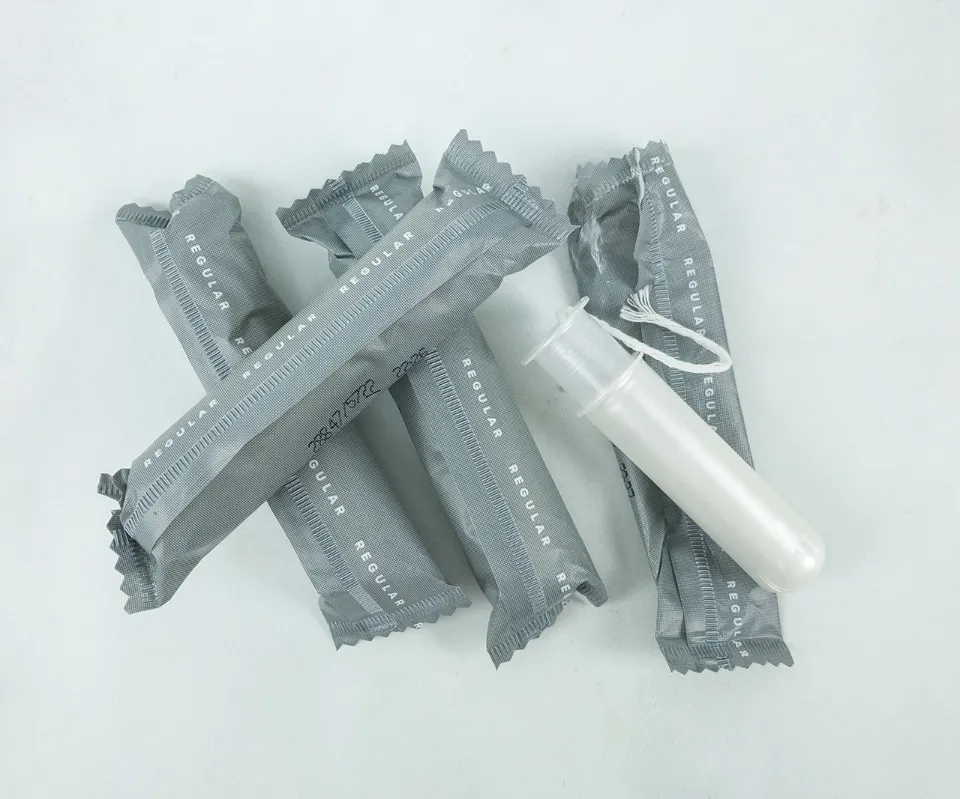
A leaky tampon typically indicates that you have either used the incorrect absorbency or that you have left your tampon in for too long. Every 4-6 hours, make sure to change your tampon. It’s time to switch to the next absorbency up if you start to leak through your tampon even after just four hours.
Naturally, as your period progresses, your flow changes. Therefore, the first day of your period will have a heavier flow than the last. Because of this, it’s a good idea to keep a variety of absorbencies in your cabinet so you’ll always have the right absorbency to match your flow.
How to Avoid Tampon Leak?
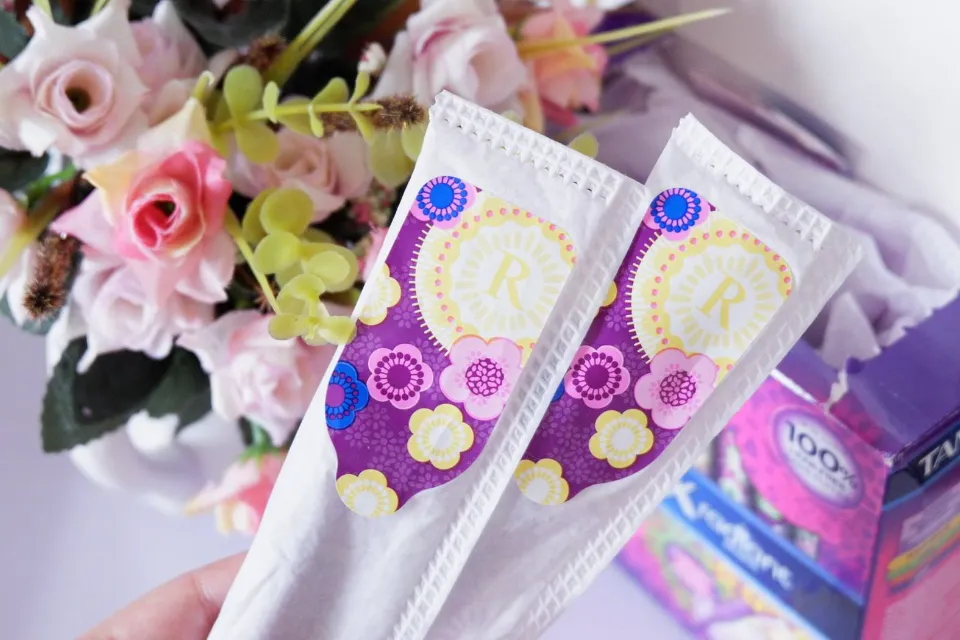
To fix tampon leaks and ensure a confident, leak-free period, there are a few things you can do.
Here are some anti-tampon leak tips:
Pick the Right Absorbency
For your menstrual flow, you should always use the tampon with the least amount of absorbency. You’ll probably need to keep several different absorbencies on hand because your flow varies from day to day. When your period’s first few days are filled with the heaviest bleeding, use a tampon with a higher absorbency. Increase the absorbency level of your tampon if you are bleeding through it. When changing your tampon after six hours and finding a lot of white on it, you should lower the absorbency level.
Read More: Why is My Tampon Leaking But Not Full
Change Your Tampon Often Enough
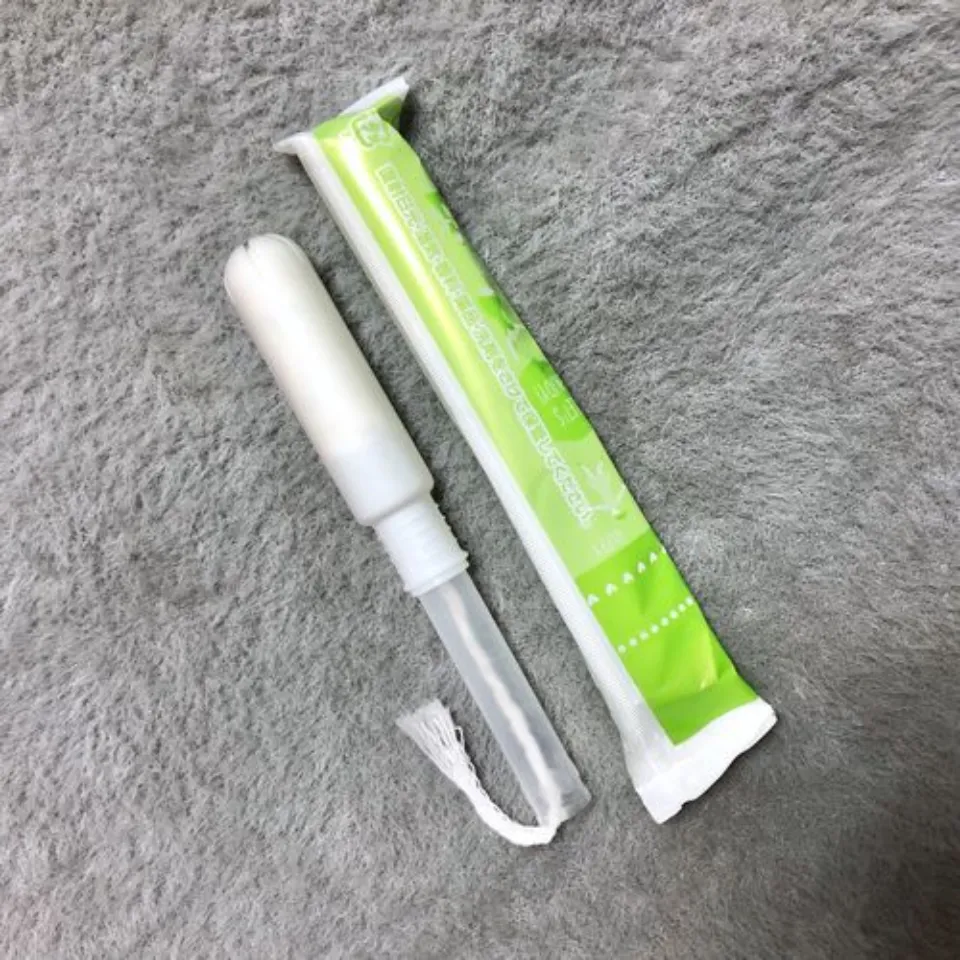
You might be leaving your tampon in for too long if you’re having tampon leaks. For your tampon to not bleed through, you must be aware of how frequently you should change it. Generally speaking, you ought to replace your tampon every 4-6 hours. However, up to eight hours can be safely spent with a tampon in place.
Insert Your Tampon Properly
Make sure your tampon is fully inserted; this is very important. If you don’t, you risk leaking even though your tampon isn’t full because you might be dripping blood onto your underwear and around the tampon.
Wear a Back-up Pad Or Liner
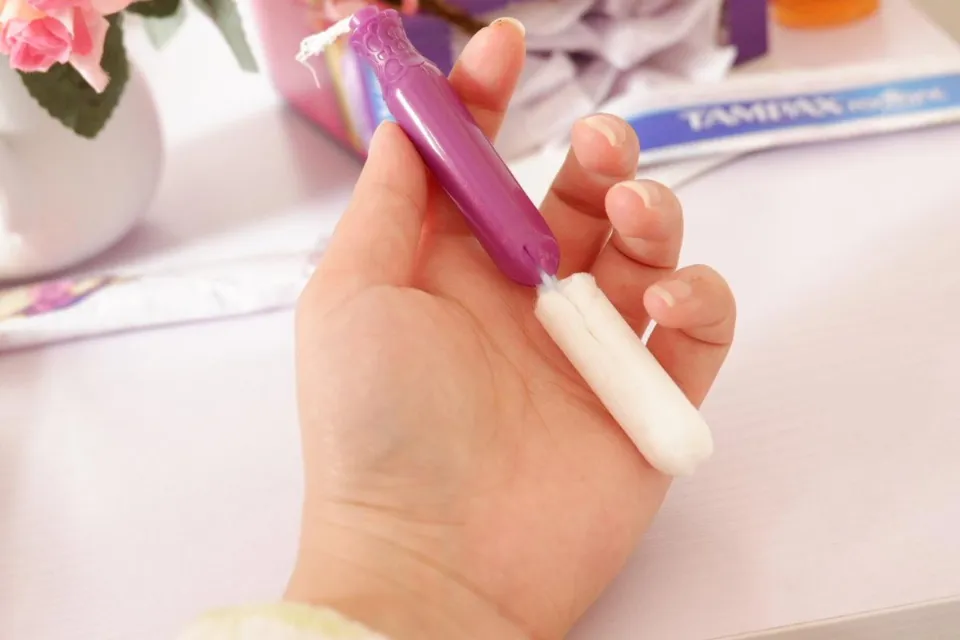
To further ensure that your underwear is shielded from potential tampon leaks, try wearing a pantyliner like Always Dailies. You won’t even notice that you’re wearing them because they’re so comfortable and flexible for tampon leak assurance.
Pick the Right Tampon
We advise Tampax Pearl Compak for people who are new to using tampons. They are incredibly simple to insert because of the grip marks on the applicator and the rounded tip.
How to Put in a Non-applicator Tampon?
Washing your hands, assuming the proper position, and relaxing your vaginal muscles are still the crucial first steps even if you’re using a non-applicator tampon. Take out the outer wrapping from your tampon.
Check that the string is securely fastened to the bottom of the tampon by gently pulling it. The string won’t snap, so no need to worry! The string of the tampon should be facing away from your body as you hold it between your thumb and middle finger.
Your index finger should be placed on the tampon’s string end, with the other end facing the opening of your vagina. Slowly insert the tampon into your vagina while angling your body at a 45-degree angle towards the small of your back. Continue pushing it inside you until it won’t go any further and you can no longer feel it.
Check for Comfort
Once the tampon is in, regardless of the type you select, you should make sure you’re comfortable. Throughout the course of your day, you shouldn’t be able to feel the tampon inside of you. It shouldn’t hurt or feel like it might come out at any time. Have a reshuffle or give it another shot if you experience any pain or discomfort because the tampon is probably not inserted deeply enough. You may proceed if you feel at ease.
Rinse and Repeat
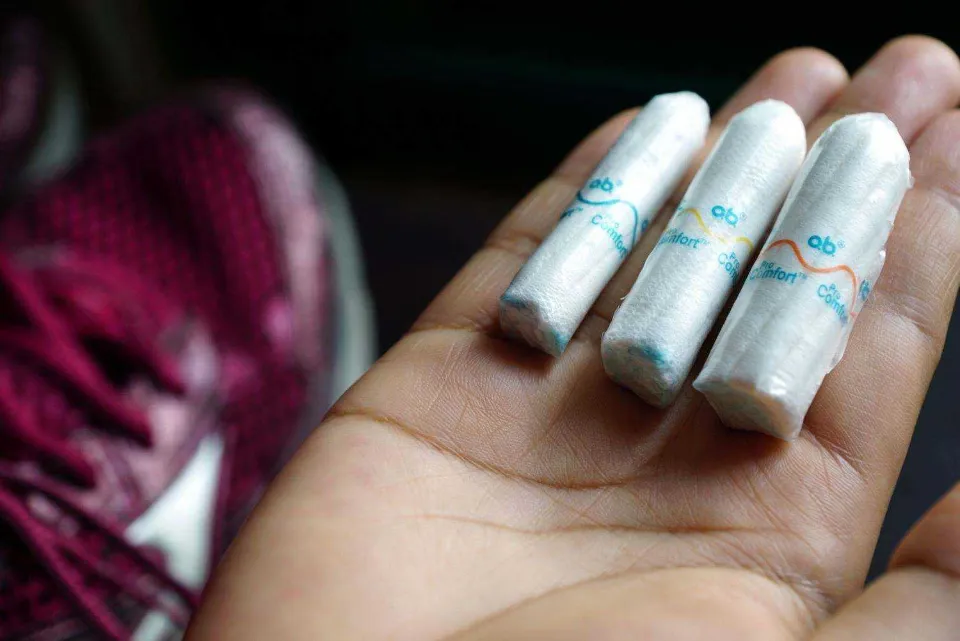
You should wash your hands once more after inserting a tampon to prevent the spread of germs as you go about your day, just like you should every time you use the restroom.
How long can you leave a tampon in? is a significant query we get asked quite frequently.’. Every four to six hours, you should change your tampon. As leaving a tampon in for too long can put you at risk of toxic shock syndrome, it’s crucial to change your tampon frequently and avoid sleeping with one on.
Conclusion
It’s important to use a tampon only during menstruation; you cannot use a tampon for vaginal discharge, nor should you insert one “just in case” before the bleeding starts. A tampon may be uncomfortable to insert or remove if the vaginal canal is dry. When you use a tampon incorrectly, you also put yourself at risk for bacterial infection. Use a different product to control menstrual flow and consult your doctor if you experience any unusual symptoms, such as unusual discharge, rash, or symptoms of an allergic reaction.
FAQs
Why is My Tampon Leaking When Its Not Full?
Tampons can leak for a couple of reasons: either you’re using one that doesn’t fit properly in your vagina and your period is leaking around it, or you’re flowing quickly enough that the tampon fills up before you change it.
Do Tampons Leak More Than Pads?
Because they occasionally cannot completely absorb the blood flow, tampons are more likely to leak than pads. Pads are a good option for people who are concerned about leaks because they are better at absorbing blood. However, it might necessitate frequent replacements.
Why is My Tampon Leaking After 1 Hour?
Heavy bleeding occurs when you pass clots the size of a quarter or larger, need to change your tampon or pad in less than two hours, or both. Consult a physician if you experience this type of bleeding. Living your life to the fullest can be prevented by untreated heavy or protracted bleeding. It may also result in anemia.
Do Tampons Stop Blood from Leaking?
When swimming or spending the entire day at the beach, tampons are a great period product to use! Contrary to popular belief, your flow does not completely stop in the water; it is reduced but not stopped, so you may have a small leak.





Average Rating